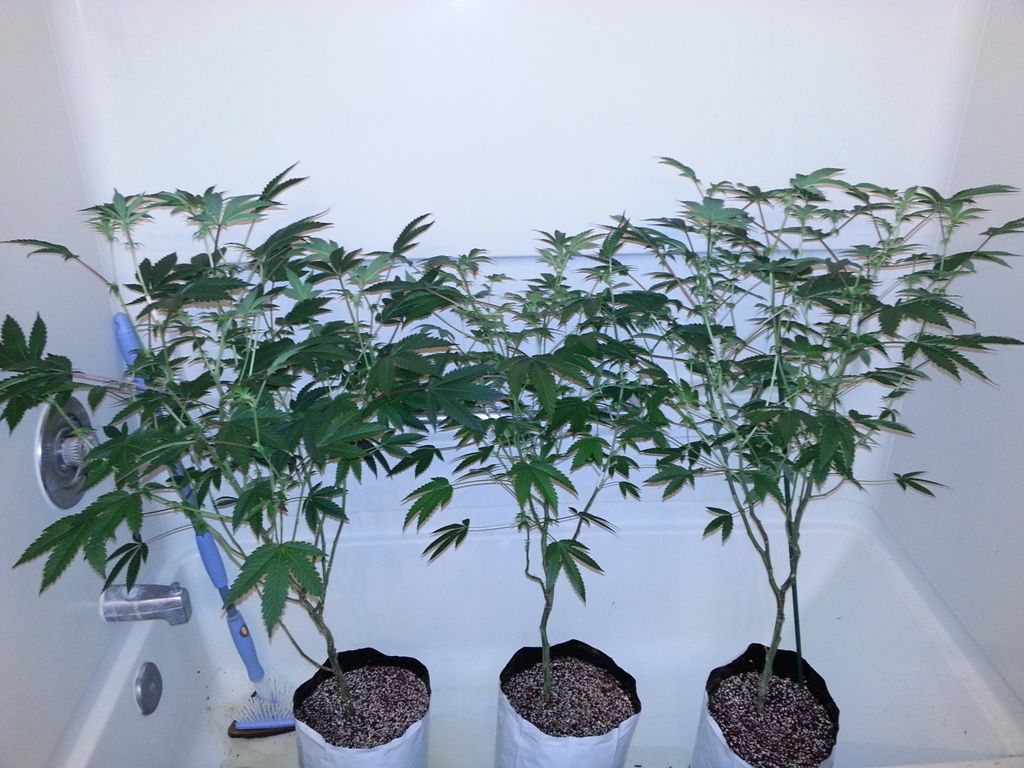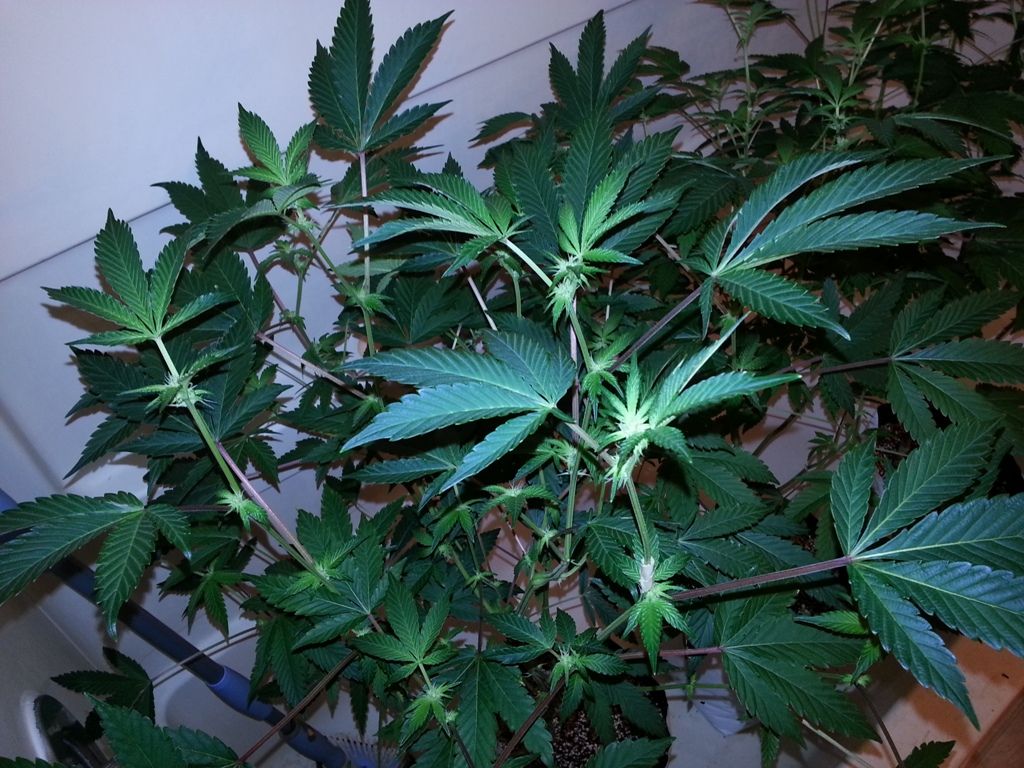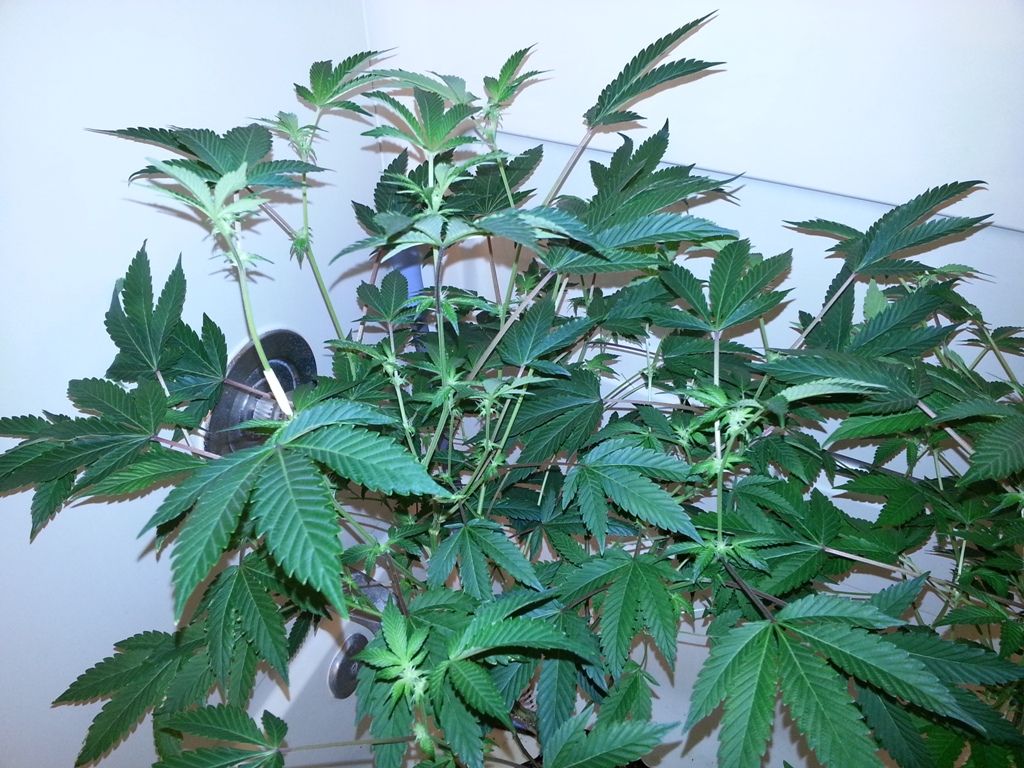guys I am in southern ontario CANADA...lol sometimes you Americans are really funny,,,you know this planet is quite large..i mean the global communiaty has gotten small but not that small LOl, not being mean at all here guys..Please just take this as banter, or being funny..
here are some cool facts of our planet
Size:
Fact: the Earth is wider at the equator than from pole to pole, likely because of its rotation - and - the equatorial circumference is growing, possible reasons are: the well-known centrifugal forces, and maybe some transfer of mass from high to low latitudes (high latitude at the poles 90°, low latitude at Earth's equator 0°) and/or a transfer of mass from the Earth's core (the nucleus) and its mantle to the crust.
Earth circumferences:
Equatorial circumference: 40 076 km (~ 24 902 miles).
Polar circumference: 40 005 km (~ 24 858 miles).
Diameter of the Earth:
Equatorial Radius: 6 378 km (~ 3 963 miles).
Polar Radius: 6 357 km (~ 3 950 miles).
Volume: V = 4/3 x r3 = 1 086 781 292 542 cubic km or 260 732 699 457 miles3.
Surface:
Total Surface Area: about 509 600 000 square km (197 000 000 square miles).
Area of land: 148 326 000 km2 (57 268 900 square miles), this are 29% of the total surface of Planet Earth.
Area of water: 361 740 000 km2 (139 668 500 square miles), this are 71% of the total surface of the Earth.
97 percent is salt water and only 3 percent is fresh water.
Estimated Mass:
5.976 x1024 kg or roughly 6x1021 metric tons.
Substance:
Earth consists predominantly of Oxygen, Silicon, Aluminum, Iron, Calcium, Sodium, Potassium, Magnesium, Nickel and Carbon.
Density:
Earth is the densest major body in the solar system.
Density of planet Earth is about 5.52 g/cm3 or 5 520 kg/m3.
Water, as you might know, has a density of 1000 kg/m3 at 3.98 degrees centigrade and at one atmosphere of pressure.
Orbital Data:
Sidereal period (Time Earth needs to orbit the sun once)
365.256 days.
Rotation:
The daily rotation of the Earth, which causes the distinction between day and night, has been used as the basis for time reckoning for thousands of years.
It takes 23.9345 hours for the Earth to rotate a complete revolution.
peace
Chefboy
here are some cool facts of our planet
Size:
Fact: the Earth is wider at the equator than from pole to pole, likely because of its rotation - and - the equatorial circumference is growing, possible reasons are: the well-known centrifugal forces, and maybe some transfer of mass from high to low latitudes (high latitude at the poles 90°, low latitude at Earth's equator 0°) and/or a transfer of mass from the Earth's core (the nucleus) and its mantle to the crust.
Earth circumferences:
Equatorial circumference: 40 076 km (~ 24 902 miles).
Polar circumference: 40 005 km (~ 24 858 miles).
Diameter of the Earth:
Equatorial Radius: 6 378 km (~ 3 963 miles).
Polar Radius: 6 357 km (~ 3 950 miles).
Volume: V = 4/3 x r3 = 1 086 781 292 542 cubic km or 260 732 699 457 miles3.
Surface:
Total Surface Area: about 509 600 000 square km (197 000 000 square miles).
Area of land: 148 326 000 km2 (57 268 900 square miles), this are 29% of the total surface of Planet Earth.
Area of water: 361 740 000 km2 (139 668 500 square miles), this are 71% of the total surface of the Earth.
97 percent is salt water and only 3 percent is fresh water.
Estimated Mass:
5.976 x1024 kg or roughly 6x1021 metric tons.
Substance:
Earth consists predominantly of Oxygen, Silicon, Aluminum, Iron, Calcium, Sodium, Potassium, Magnesium, Nickel and Carbon.
Density:
Earth is the densest major body in the solar system.
Density of planet Earth is about 5.52 g/cm3 or 5 520 kg/m3.
Water, as you might know, has a density of 1000 kg/m3 at 3.98 degrees centigrade and at one atmosphere of pressure.
Orbital Data:
Sidereal period (Time Earth needs to orbit the sun once)
365.256 days.
Rotation:
The daily rotation of the Earth, which causes the distinction between day and night, has been used as the basis for time reckoning for thousands of years.
It takes 23.9345 hours for the Earth to rotate a complete revolution.
peace
Chefboy







